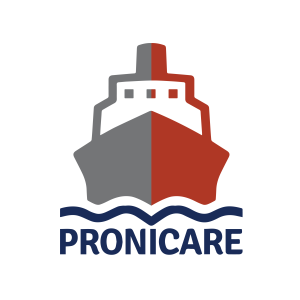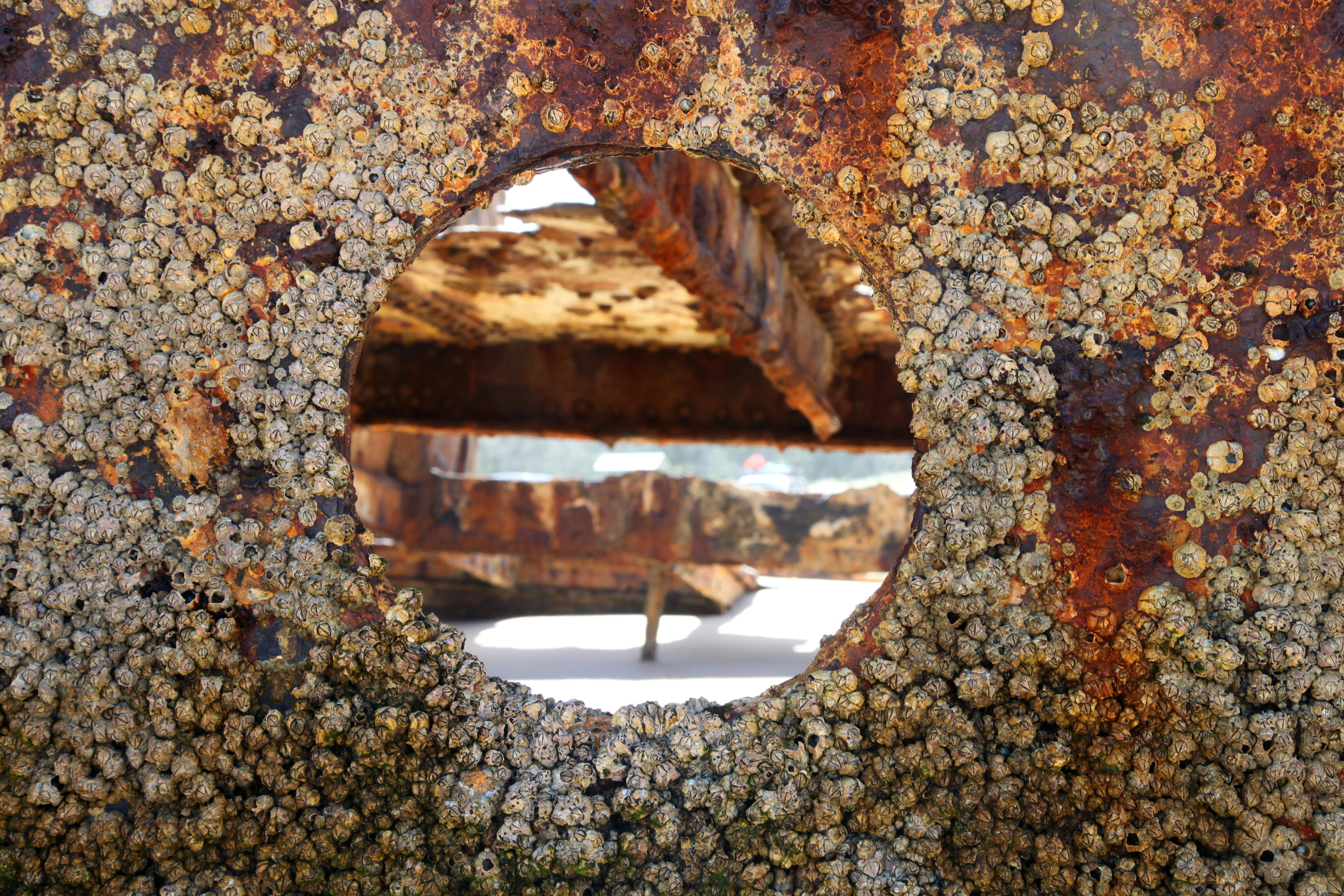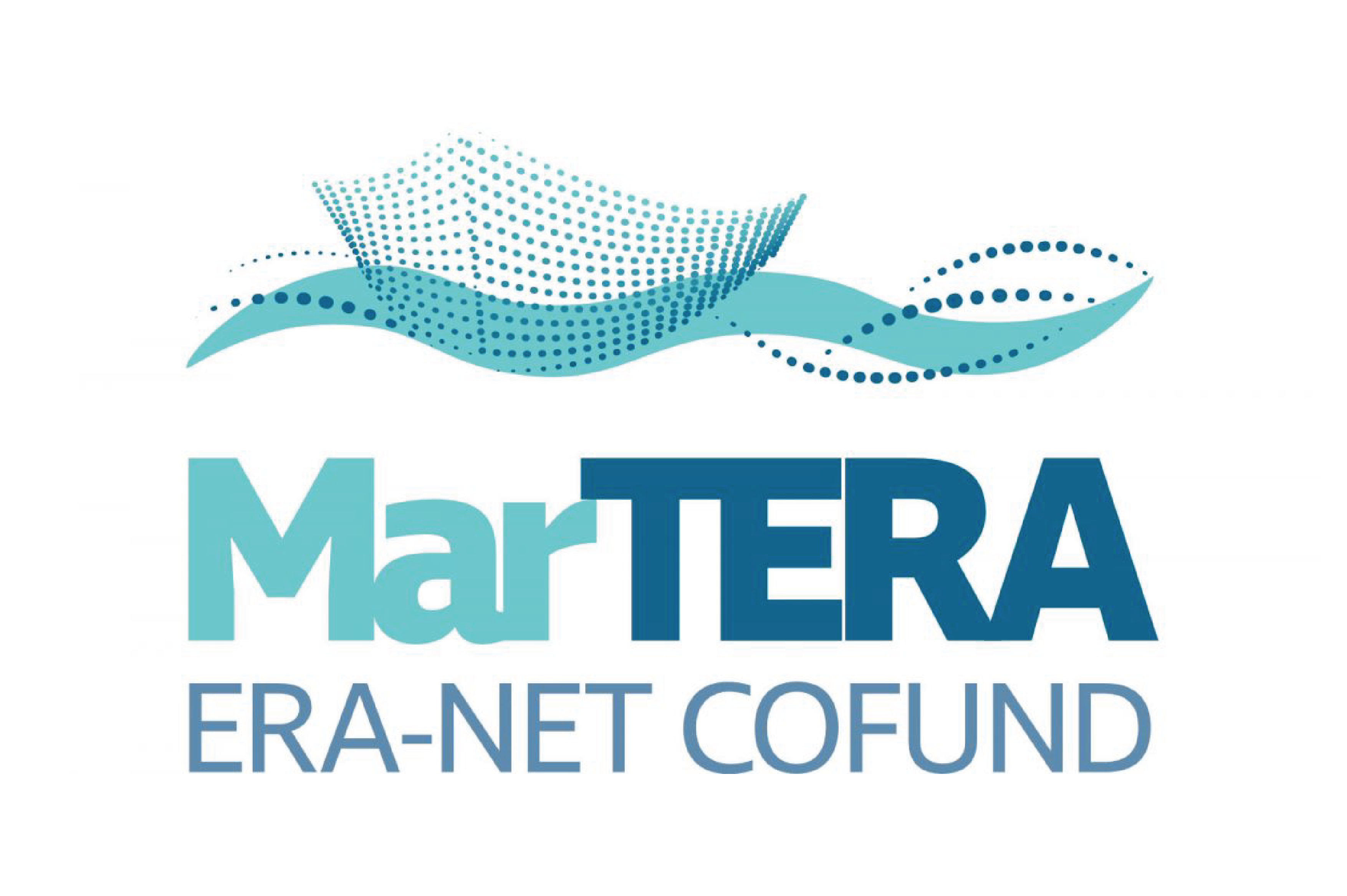Biofouling – the growth of marine organisms from microscopic to large – begins immediately when a clean surface is immersed in natural seawater, starting within minutes with a film of dissolved organic materials, followed “microfouling”, the surface colonization of “slime” made up of microorganisms such as bacteria, diatoms and protozoa. Within days to weeks, “soft macrofouling” and “hard macrofouling” organisms such as invertebrates start to colonize. In niche areas where light is not available, different colonisation communities may form, a research area which will be investigated in ProNiCare.
Fouling can cause mechanical problems with the function of marine structures, increase drag and reduce energy efficiency of movement, and may even lead to the introduction of exotic species if organisms are on ships traveling to remote ports. Fouling is both difficult and expensive to remove, especially in smaller and internal “niche” areas, usually requiring divers or robots to clean them manually. It is much better to prevent the biofouling before it starts. In the past, coatings used to prevent biofouling and corrosion of metal surfaces have been developed, but many were found to be damaging to the marine environment and some have since been banned from use.
Every year, corrosion costs the maritime industry between fifty and eighty billion dollars in monitoring and maintenance against corrosion. New tools are needed to safeguard these metal structures against corrosion including functional coatings.
“There is a great need for environmentally friendly and at the same time more cost-effective solutions to prevent biofouling and corrosion, especially in niche areas, and ProNiCare is developing green solutions to this problem.”



